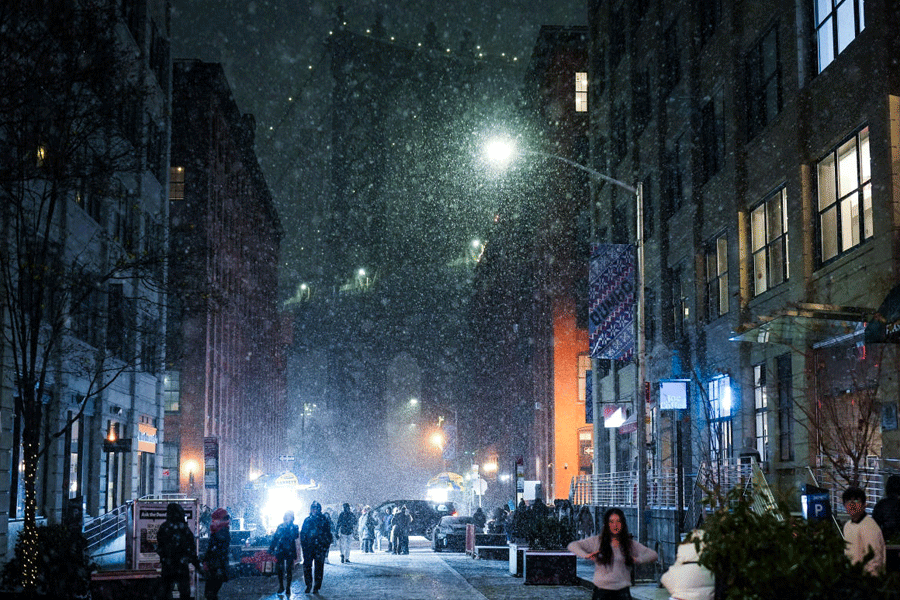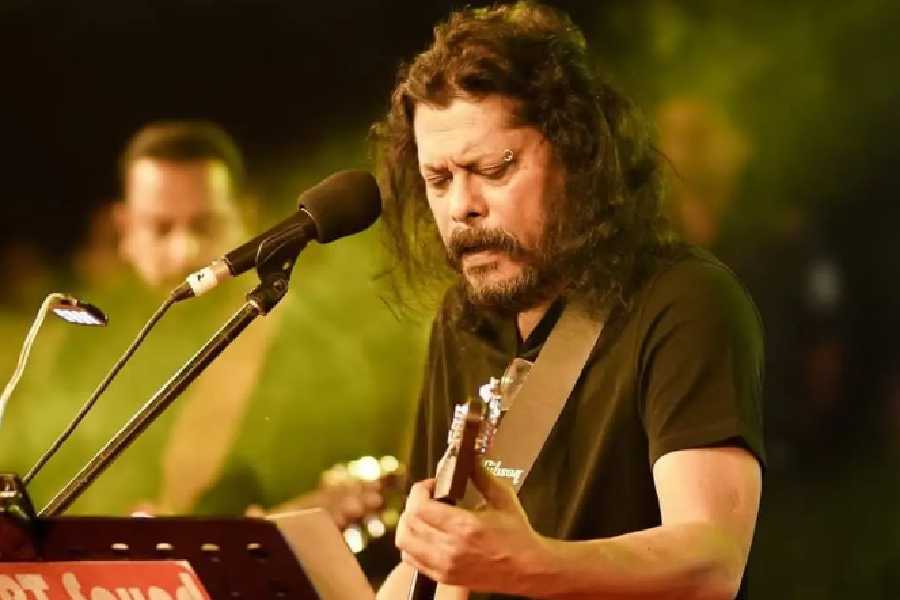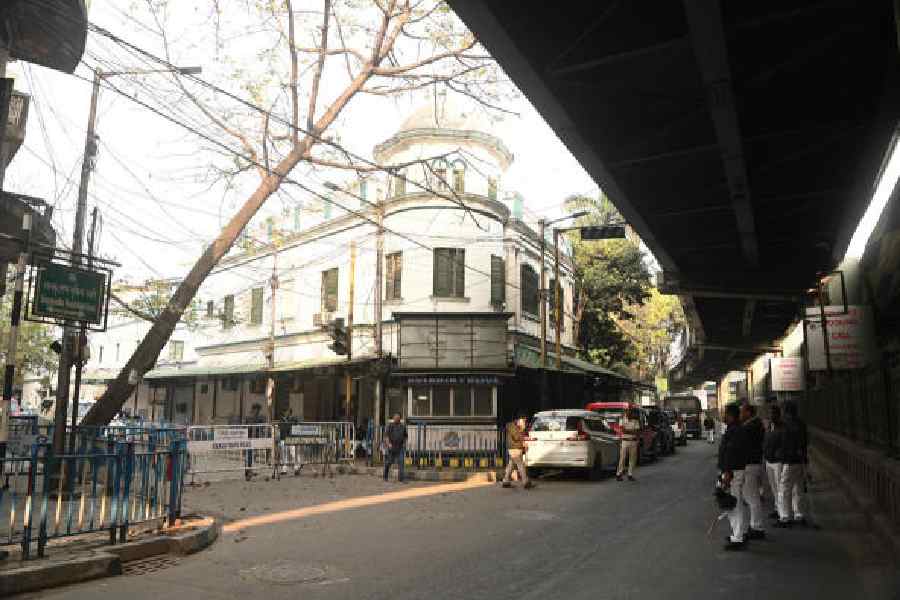 |
| The Madhya Pradesh Assembly building. Picture by Saeed Faruqui |
Bhopal, Feb. 25: The root of most ills in Madhya Pradesh is its legislature, the MLAs here will tell you freely.
But don’t think the state’s politicians have learnt to accept blame.
To them the fault — even for disasters such as the Bhopal gas tragedy — lies with architect Charles Correa, who apparently designed the Assembly building all wrong.
The House, built between 1984 and 1996, is “cursed” and filled with “negative energy” because its layout and shape violate the principles of Vaastu Shastra, the MLAs claim.
They have a clinching argument. Since the building was inaugurated in 1996, as many as 18 sitting MLAs have died.
And with the recent death of BJP minister Laxman Singh Gaud in a freak car accident, the buzz in the power corridors has only grown louder.
Among the leading proponents of the Vaastu theory is state PWD and information technology minister Kailash Vijayvargiya, Speaker Ishwardas Rohani and the Congress’s Sriniwas Tiwari who was Speaker during 1996-2004.
In the year 2000, Tiwari had organised a puja to ward off the curse and help save the lives of the MLAs.
“Somehow, no puja had been performed when the building was inaugurated. It was a glaring lapse so I organised one,” he told The Telegraph.
Vijayvargiya said he found it baffling that one or more MLA has been dying every year — Gaud was the sixth casualty from the current Assembly, which was formed just over four years ago.
“The history of this building is not good. The Bhopal gas tragedy took place in 1984 when the construction started. Four years after we shifted to this building, the state was bifurcated (with the formation of Chhattisgarh).”
Vaastu Shastra experts are only too willing to point out the flaws.
“The Assembly has a road on one side and the main entry is from the southwest. In addition, the building has a circular shape, which is not good,” said Pankaj Agarwal, head of the Indore-based Institute of Vedic Vaastu and Research Foundation.
“The earth emits negative energy and the building is full of electromagnetic fields.”
Agarwal said that in 2006, he had prepared a 46-page report suggesting 28 changes to the building but most of them had been ignored. Chief minister Shivraj Singh Chauhan, though, should be happy to know he is not to blame for his government’s poor performance.
“There are too many flaws. The treasury benches face west and the Opposition faces east. It means the government will always be in the dock while the Opposition dominates the proceedings,” Agarwal said.
“Such mistakes affect the state’s morale and performance. It also affects the individual’s (MLA’s) immune system and thought processes.”
Speaker Rohani said he had discussed the matter with Chauhan and some measures had been taken. For instance, a water body facing southeast was dried up.
The government’s official website, however, says the Assembly building’s design is the outcome of Correa’s “deep understanding of Vedic principles of architecture”.
Professional architects rubbished the MLAs’ talk as “superstition”.
“Traditionally, Vaastu was dictated by the elements — air, sunlight, ventilation, factors that could influence the health of the occupants of buildings,” said Ratish Nanda, a conservation architect in New Delhi.
“There have been studies that show that human productivity may be influenced by the workplace, but Vaastu cannot kill.”
The state’s lone communist MLA, Ramlakhan Sharma, thinks the harping on MLA deaths merely betrays politicians’ tendency to overestimate their own importance.
“People die every day in the state,” he said. “What about the deaths of those who are not MLAs?”











